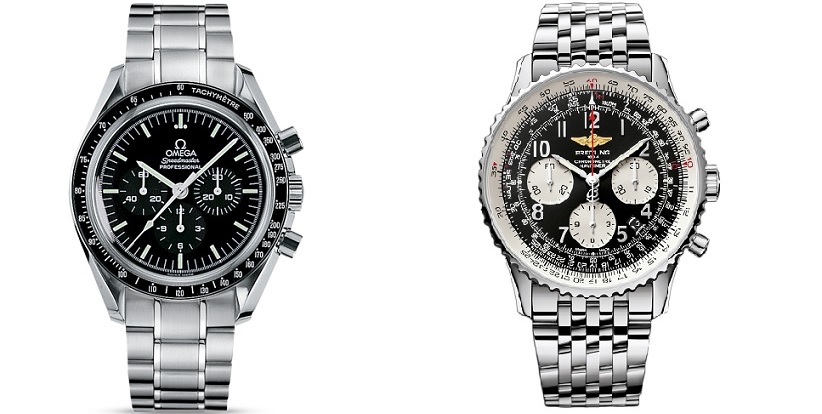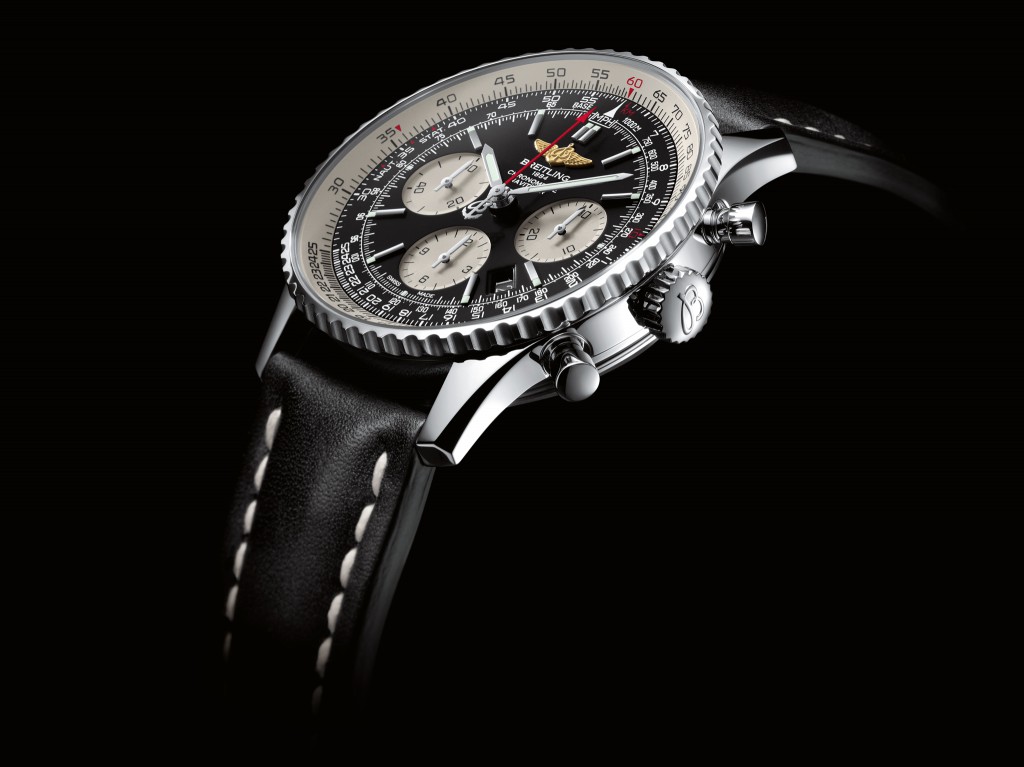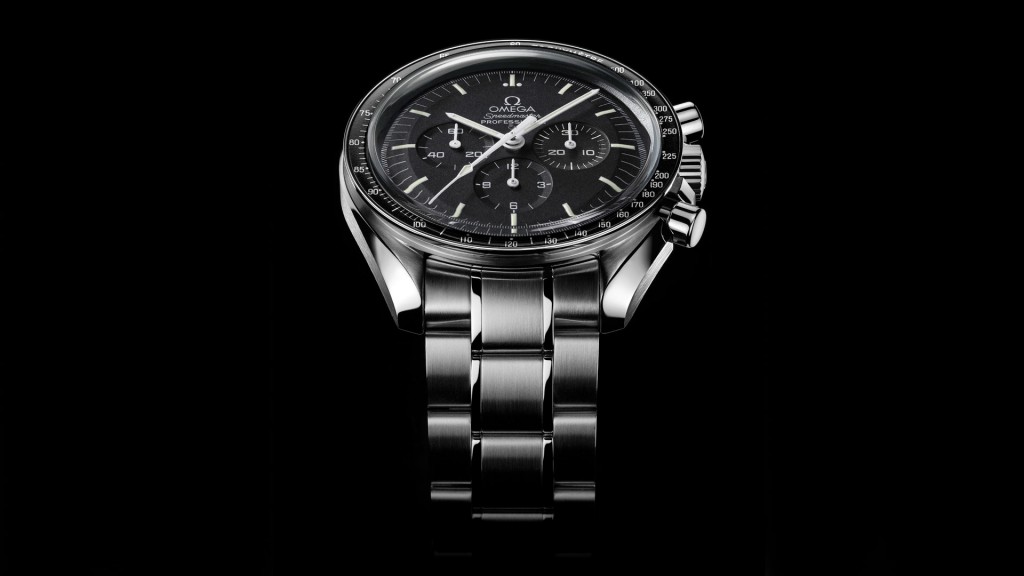Another useful complication (for pilots anyway) is the bi-directional rotating bezel. If you’re a pro at watches you’ll know that a uni-directional rotating bezel is a norm. This is to aid scuba divers with timing their dives. However, pilots don’t need that. Instead, the bezel incorporates a slide rule. For those of the digital age, a slide rule when used properly functions as a calculator and can perform most of the functions that a digital calculator can. So for pilots to have it inside their watch is definitely useful. There’s also a date display between 4 and 5. The Navitimer also comes on either a leather strap or bracelet and is offered in either steel or 18k gold. It’s also 43mm in diameter with a 46mm version available. It stands just over 14mm tall on the wrist and has a 70-hour power reserve. And there’s even a tachymeter as well.
So, it seems the Breitling is all about innovation and moving forwards with designs and technology. But what about the other end of the scale?
Indeed, the Navitimer is one of only a few watches designed to be useful many miles up in the atmosphere. But what about the watch who’s whole legacy comes from where there’s no atmosphere at all? Although the Speedmaster was never expected to reach the moon, Omega certainly jumped on the space bandwagon when the Apollo crew returned.
We’ll start from the back and move forward, the bracelet version of this watch has that lovely clasp Omega has become known for. It still feels solid and shows off the three arm style when opened. The bracelet itself has a brushed finish which looks classy while fending off scratches which will aid resale values in the future. The back of the watch has a sapphire crystal window so we can see all the wonderful parts inside. Written around the outside are the words “The First and Only Watch Worn on the Moon”, and there’s Omega’s logo there too. Indeed, this has to be one of the most amazing looking movements along with the Lange Grand Complication for its 3D effect and the highly decorated Vacheron Constantin movements with their exceptional rotors. That’s high praise, but you have to see it to see it. On one side of the watch, there’s the crown with the Omega symbol on it and the two buttons that operate the chronograph.
If you look at this watch side on you can see that the tachymeter ring is suspended a little above the case, definitely some attention and thought has gone into this design especially with the bubble crystal. Swinging around to look at that pretty dial, we can see there is three sub-dials below the large hands. The second-hand itself will stay pointing towards 12, no, it’s not stopped, it’s just the second-hand for the chronograph. The 9 O’clock sub dial holds the running seconds hand. The 3 O’clock subdial displays the minutes and the 6 O’clock subdial shows the hours. This is a 12-hour chronograph, meaning once it’s been running for 12 hours continuously you’ll need a five bar gate to mark down how many twelve hours it’s been. When the chronograph isn’t running that’ll last for 48 hours before it needs winding again, however winding it daily isn’t a problem as long as you don’t overwind. Also, running the chrono every day all the time isn’t a good idea as it increases wear and also drains the power reset more quickly.



